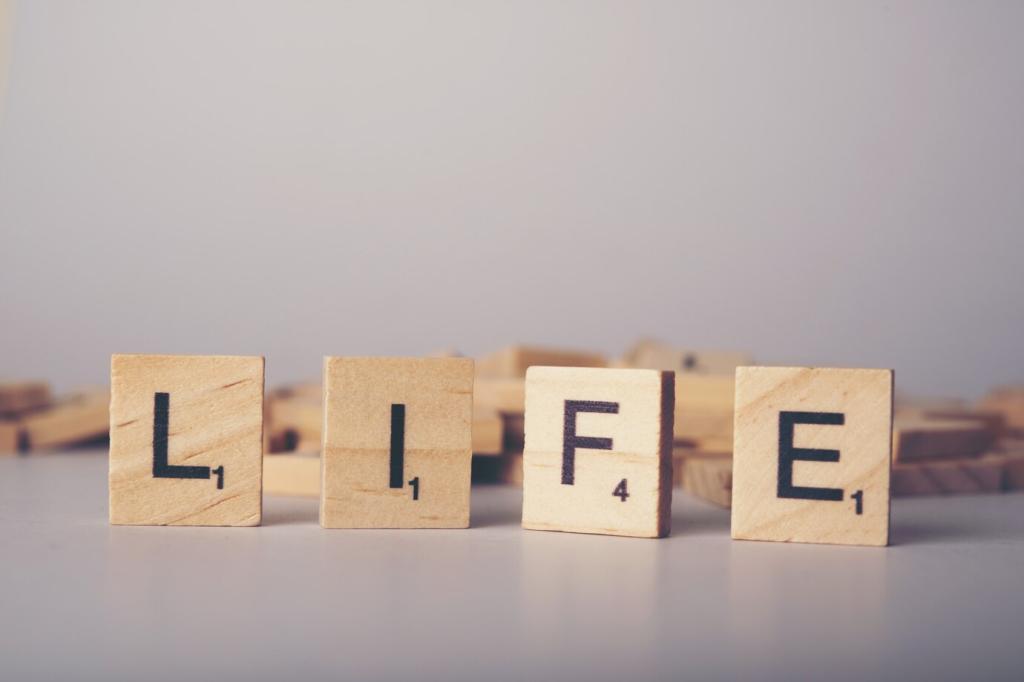
Expressive Arts for Emotional Release
Chosen theme: Expressive Arts for Emotional Release. Welcome to a gentle, creative space where color, sound, movement, and words help feelings find safe passage. Settle in, explore, and subscribe for weekly prompts that support honest, compassionate expression.


Why Expressive Arts Help Emotions Move
We often store tension in shoulders, jaw, and breath. Drawing lines that mirror your breathing or swaying to a slow rhythm can translate sensations into movement, easing pressure. Notice where the body softens, then share what shifted in a quick comment for community support.
Why Expressive Arts Help Emotions Move
Scribbles, drum beats, and free writing organize inner noise into visible patterns. As shapes repeat, a storyline emerges, inviting insight without forcing it. If something meaningful appears, jot it down, then reply with one sentence about your discovery to inspire others.
Choose two colors: one for inhale, one for exhale. As you breathe, let your hand move across paper following the rhythm of breath. After three minutes, circle one area that feels calmer, and share a photo or note your sensation to stay accountable.
Gentle Starter Practices at Home
Materials and Setup Without the Pressure
Use What You Already Have
Pens, junk mail, cardboard, old magazines, flour dough, or a phone recorder are enough. A paper bag can become a drum; dish soap and water make bubble prints. Start small, then share your most surprising tool so others can learn from your improvisation.
Create a Small Ritual Space
Choose a corner, light a candle, or place a smooth stone on your desk. A consistent object marks intention, telling your nervous system, “we are safe to feel.” Post your ritual photo or describe your anchor object to inspire fellow readers to begin.
Safety and Self-Care Check-In
Before you start, rate your stress from one to ten. Choose a time limit and a gentle closing action, like sipping tea. If feelings spike, pause and shake out your hands. Subscribe for printable check-ins that keep your practice supportive and steady.

Stories From the Studio
Maya brought quiet anger and a tiny frame drum. She tapped a steady pulse, then added faster strokes during exhales. After ten minutes, tears came, followed by a long exhale. “It’s the first time my chest feels roomy.” Share your rhythm word below—steady, quick, or soft.
Stories From the Studio
Leo cut phrases from magazines to craft an unsent letter. Rearranging words gave distance and choice, transforming hurt into boundary. He sealed the page with a single blue line. If collage calls you, subscribe for a guided template and tell us your letter’s intention.
Stories From the Studio
Ana painted wide blue swaths in time with four-count breaths. She noticed tightness loosening by the third layer. “It felt like standing under a window.” Try three layers of color today and post your title—perhaps Window Air or Quiet Field—to encourage someone else.
Art-Making and Stress Markers
Small studies suggest that brief art-making sessions may lower perceived stress and even reduce biomarkers like cortisol for many participants. Your results will be personal, so track your mood before and after. Share trends in the comments to help our community learn.
Music, Movement, and Mood
Rhythm and gentle movement can support nervous system regulation by offering predictable patterns, which many people find soothing. Try a three-song sequence—calm, expressive, calm. If it shifts your day even slightly, subscribe and tell us which track anchored you.
Expressive Writing and Clarity
Free writing for ten to twenty minutes can reduce rumination and help organize complex feelings. Keep the pen moving; do not edit. Seal the page in an envelope if needed. If you try it tonight, comment one word that captures how your breath felt afterward.
Rain Release Playlist and Sway
Choose three songs that sound like rain to you—soft drops, steady shower, clear sky. Sway with knees soft, arms loose. Let your breath guide your tempo. Afterward, share the song that helped emotions flow, and subscribe for our community-curated playlists.
Pocket Worry Stone
Shape a small lump of air-dry clay or homemade dough while naming your feeling softly. Press thumbprints as reminders to pause. When dry, carry it for touch-based grounding. Post a photo or color description; simple objects can become powerful emotional anchors.

Invite one friend. Set a thirty-minute container: arrive, create in silence, share one sentence, close with breath. Simple structure keeps things safe and doable. If you try it, report back with what surprised you most to help others gather courage to begin.

You choose what to share and what to keep. Offer reflections like “I noticed” rather than advice. Ask before touching anyone’s art. Together, we protect tenderness. Add your own community guideline in the comments to co-create a shared culture of care.

Your participation guides this space. Subscribe for weekly expressive arts practices, then vote on upcoming themes, materials, and music moods. Tell us which time of day you prefer to create so we can release prompts when support will truly reach you.
